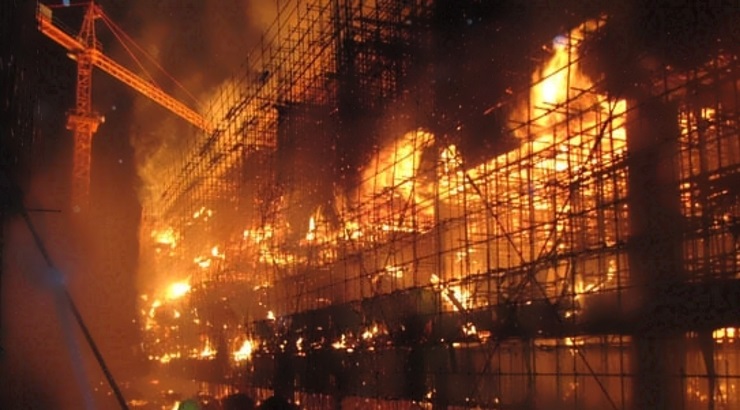Features
How to Prevent Fires in Buildings Under Construction
A ‘fireproof’ construction site fire prevention and safety plan.

The threat of fires in buildings under construction is a significant concern for project managers, as fire ranks among the main dangers on construction sites.
To alleviate these concerns and ensure the safety of workers and the surrounding environment, it is crucial to establish a robust fire prevention and safety plan.
This article will guide you through the essential steps necessary to develop a ‘fireproof’ construction fire prevention and safety plan.
1. Identify potential fire hazards
To develop a robust and effective site fire prevention plan, it is essential to begin the process by meticulously identifying all the potential fire hazards present.
This step forms the basis of your strategy, laying the foundation for an inclusive approach to mitigating risks and ensuring the safety of workers and site assets.
Common dangers at construction sites often include explosives, flammable liquids and gases, electrical apparatus, welding and heating equipment.
2. Create a site fire prevention plan
Once you identify the possible hazards, proceed to create your plan.
Your plan should include an emergency response plan, such as evacuation procedures, designated assembly points, and communications protocols.
The plan may cover measures to mitigate fire risks during construction, such as the safe storage of flammable materials, protocols for rescue operations, notification procedures, and methods for securing the site, among others.
3. Install fire safety equipment
Fire detection and fighting equipment—smoke alarms, fire extinguishers, fire hoses, door seals, and ladders must be installed from the inception of a project.
RELATED: How to Prevent Deadly Construction Accidents
Unfortunately, most people mistakenly believe that these vital equipment should be installed only once the project has been completed, which is not the case.
By prioritizing early installation of fire safety equipment, the risk of fire-related incidents can be significantly reduced, ensuring a safer construction site.
4. Train your workers on fire safety procedures
Simply having fire safety equipment and protocols in place is not sufficient to prevent fires in construction sites.
It is important to educate all site personnel about the basics of the fire safety contingency measures and the correct usage of the fire equipment.
Consider incorporating information on regular drills and refresher courses into your safety protocol to reinforce site safety knowledge and procedures.
5. Secure important documents
Identify documents requiring safeguarding, such as permits, legal contracts, and building plans, and store them away from the construction site if possible.
However, if this is not an option, secure storage solutions such as fireproof vaults should be considered to shield these vital documents from potential fire damage.












